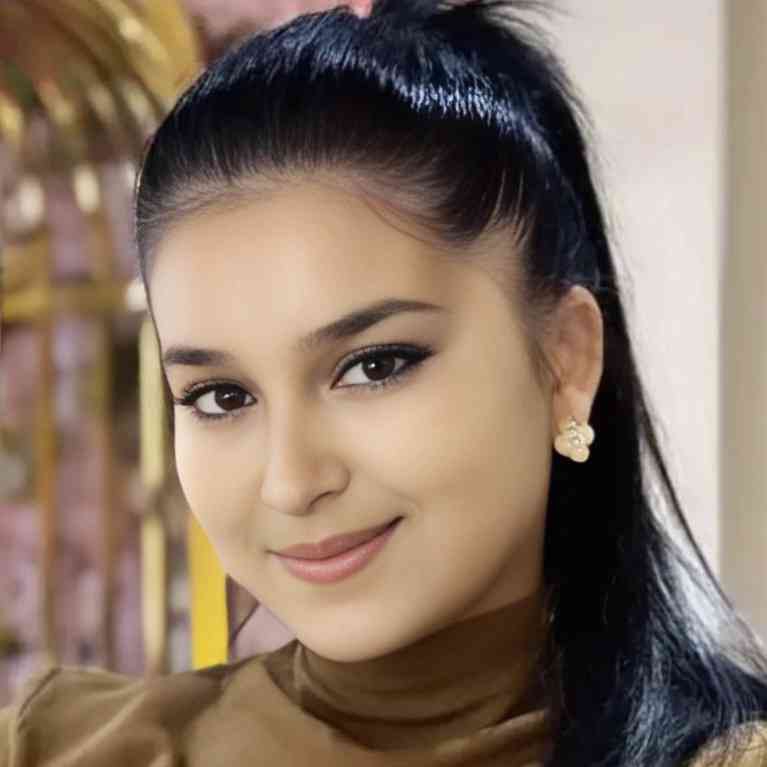
National Attire — The Pride of a Nation
Just as every nation has its own customs, traditions, and culture, it also has its unique national attire. This clothing is not merely a garment, but a reflection of a people’s history, aesthetic values, taste, and way of life. That is why national attire is rightly called the pride of a nation.
National clothes are an invaluable heritage passed down from generation to generation. They represent the identity and uniqueness of each nation. The traditional Uzbek attire — made from fabrics like atlas, adras, zarbof, and beqasam, adorned with colorful patterns — beautifully showcases our people’s refined taste and deep appreciation for delicate art.
Uzbek women’s garments stand out for their elegance and ornamentation, while men’s clothing — such as doppis (skullcaps), belbogs (sashes), and yaktaks (robes) — symbolize loyalty, resilience, and honor. Each region’s unique clothing style — the Andijan doppi, Bukhara atlas, Qashqadarya yaktak, and Khorezm’s embellished coats and robes — further enriches our national diversity.
Wearing national dress is not merely about decorating oneself; it is about honoring our history, culture, and values. Today, it is heartening to see our youth wearing traditional clothes during celebrations, weddings, international festivals, and cultural events. This reflects the emergence of a generation that remains loyal to its roots and proud of its identity.
Therefore, as the younger generation, we must cherish our national attire, value it, and wear it with pride. Because national dress is not just fabric — it is the visible form of the love we carry in our hearts for our homeland.
My name is Ermatova Dilorom Baxodirjonovna, born on May 3, 1998, in Asaka district, Andijan region. My family is an ordinary family, and we are five members in total.
My father worked as a brigadier at “GM-Uzbekistan” and is now retired. My mother is a housewife. My older brother works in the press service department at “GM-Uzbekistan.” My younger sister is a second-year student at the “Abu Ali Ibn Sino” Public Health Technical School in Asaka.
I graduated from Asaka district’s 55th general education school in 2015. In 2015, I enrolled in the Pedagogical College in Asaka district, specializing in “Machine Drawing and Painting,” and graduated with a red diploma. Unfortunately, I was unable to continue my education at the university, so after completing college, I submitted documents for external studies at the “Public Health” technical school, specializing in “Nursing.”
I graduated from the technical school with excellent grades and currently work as a nurse at the Asaka District Maternity Complex.
I have many interests, including drawing, making toys and clothes from yarn, creating things from cardboard, and sewing. I also enjoy writing poetry. I never stop learning and working on self-improvement. Currently, I am in the process of learning Turkish and Korean languages.
